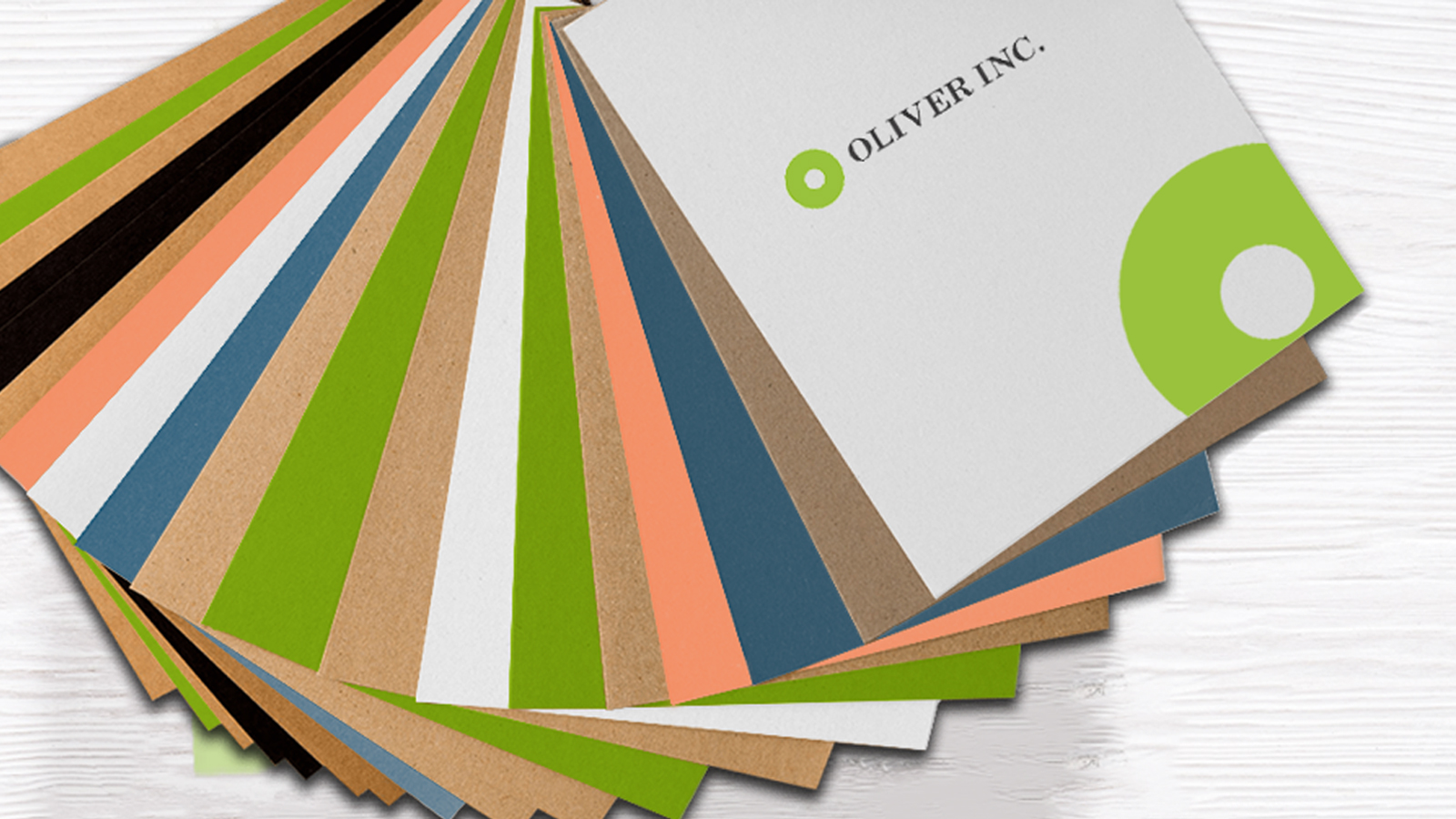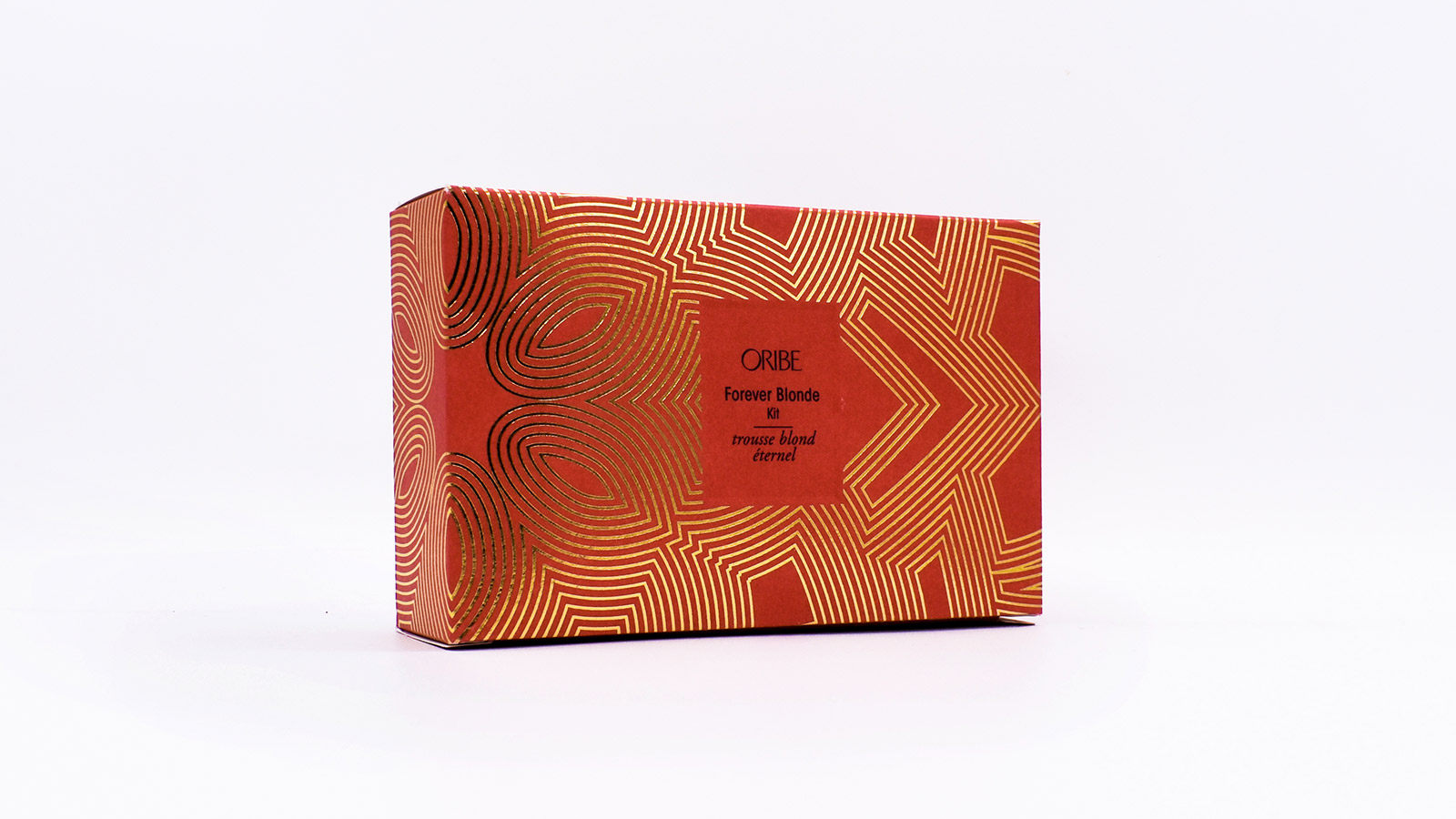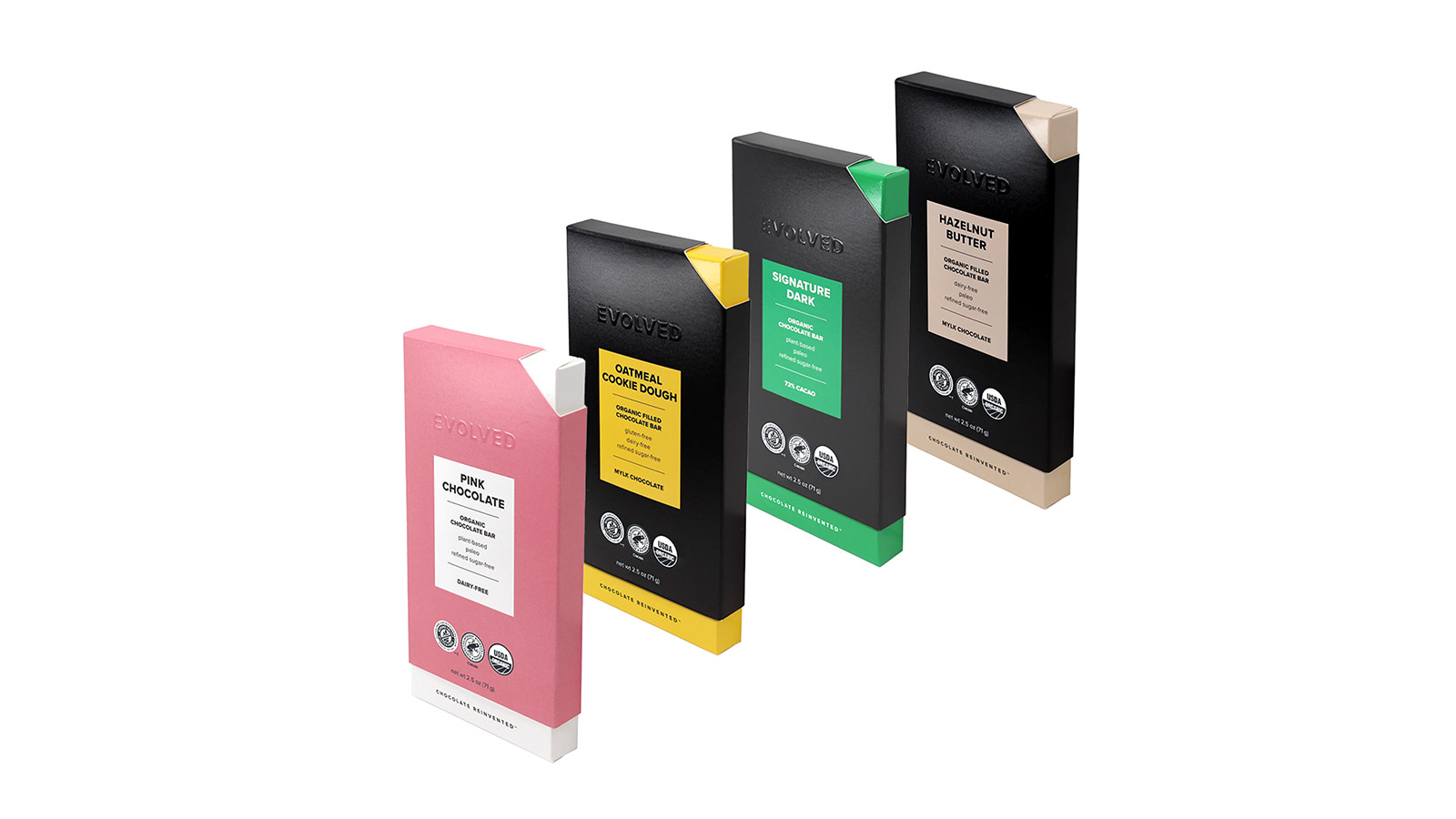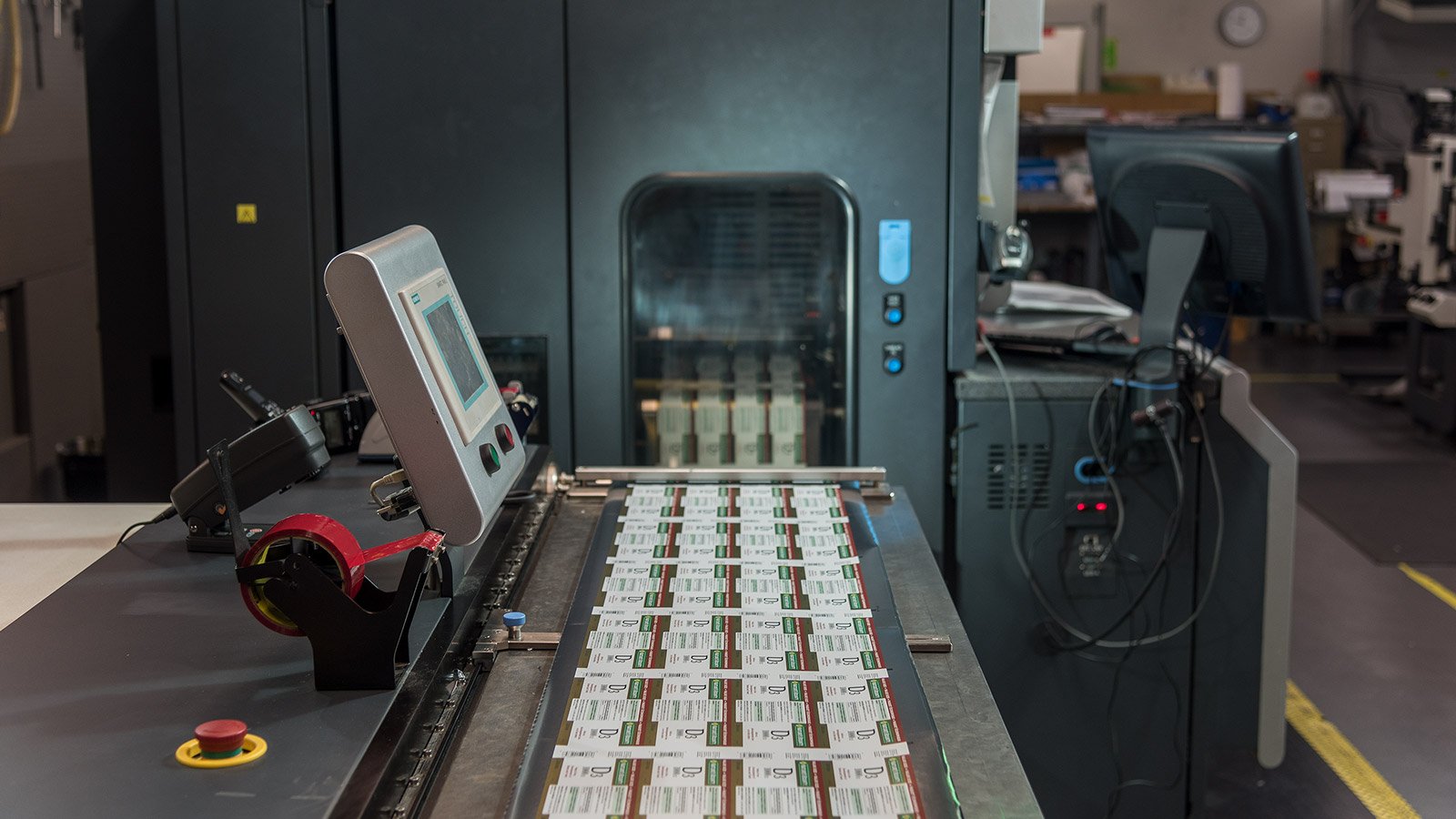Insights: Articles & Resources by Oliver Inc.

What Are Your Paperboard Options for Folding Cartons?
You have an abundance of paperboard options at your disposal, but which ones are most appropriate for you will depend on your particular context, budget constraints, and packaging goals.
Furthermore, the folding carton design process can quickly become complicated without a seasoned industry expert assisting you every fold of the way.
While it’s vital to have a thorough conversation with a printing and packaging partner about optimal folding carton choices, here are some considerations to get you started.
What Is Paperboard?
Thicker than paper but typically thinner than cardboard, paperboard is a wood-derived material used in folding cartons and various industrial packaging applications. Paperboard thickness varies from 0.2–1.0 mm, and often has filler from multiple sources, including wood pulp, bamboo, cotton, hemp, jute, flax, or kenaf, to name a few.
For instance, solid bleached sulfate paperboard contains at least 80% virgin bleached wood pulp, while sustainable alternatives derived primarily from other renewable materials will, naturally, consist of far less wood pulp.
You’ll find paperboard in low-grade and high-grade qualities, each with its own printing strengths and weaknesses. To protect paperboard from humidity and abrasions, both sides will usually be coated in polyethylene.
Various Paperboard Options Available
If you’re looking for paper-based options, here are some specific selections worth considering.
Solid bleached sulfate (SBS) is made of virgin hardwood, and clay coated. Available in 12-28 point calipers, this substrate has moderate strength and a smooth, white surface uniform throughout the structure. This gives it great printability with flexo, litho, and gravure.
Use cases for SBS typically include high-image folding cartons for premium or high-end food, pharma, and cosmetic products.
Coated Natural Kraft (CNK) or solid unbleached sulfate (SUS) contains 79% virgin fiber and some recycled content filler. Its natural brown backside and white, smooth surface on the front make it good for printing offset, litho, and gravure.
With the highest strength available in 12-28 point calipers, CNK/SUS is also ideal for heavy-duty folding cartons, hardware, beverage carriers, and detergents.
Coated recycled board (CRB) consists of 100% recycled fiber, bleached on top with a clay coating on the other side. With a gray backside appearance, this paperboard option has low to moderate strength and comes in 12-28 point calipers.
You’ll find applications in multi-purpose folding cartons for cereals, crackers, dry processed food, and shoe boxes.
Folding boxboard comes in 14-28 point calipers. Low in strength, this paperboard option has a bleached top, groundwood center, low density, slightly yellowish color, and is coated on one side. It is ideal for cigarettes, health and beauty products, confectionaries, and pharma products.
As far as printing quality, folding boxboard has low to high printability with offset, flexo, and gravure.
Heavyweight paperboard combines multiple plies to create a thick, strong, option. Expert printers can accommodate up to 40 point caliper board to provide eye-catching cartons that offer long-standing protection.
Sustainability in Folding Cartons
As more brands shift toward green initiatives, a trend expected to accelerate, it makes sense to prioritize sustainability in your paperboard options. In fact, according to a 2020 article from Environment+Energy Leader, 75% of consumers are willing to pay a premium for sustainable packaging materials in products they buy.
Put simply, sustainable packaging helps your brand stand out among competitors.
Since manufacturers derive paperboard primarily from trees, it’s incredibly renewable—with one major catch. The timber sourced for folding carton paperboard must be from sustainably managed forests. This means the chain of custody throughout the entire supply process must be geared toward reducing your carbon footprint while leaving a positive impact on the environment and communities where these forests stand.
For instance, the Forest Stewardship Council (FSC) certifies forests as responsibly managed if they demonstrate a commitment to “a developed set of 10 principles and 57 criteria” it outlines. Other entities similarly committed to sustainable forestry provide verifiable certifications as well, including the Sustainable Forest Initiative (SFI).
The right certifications give you the peace of mind you need when implementing sustainable packaging designs that resonate with eco-conscious consumers.
Should you choose not to go with alternative paperboard substrates for folding cartons (or plastic containers, which can be sustainable when implemented properly), you have other options, as well.
Post-Consumer Recycled Paperboard
If you aspire for a more vibrant or visually dynamic folding carton design while promoting sustainability, you may want to consider post-consumer recycled paperboard.
Notably, most post-consumer recycled paperboard contains up to 30% recycled fiber, depending on the caliper or strength required for the substrate. This gives you the ability to employ eye-grabbing designs while demonstrating to consumers your commitment to sustainability.
Combine Paperboard With Cardboard
Paperboard is a mainstay in folding cartons, but some items rely on cardboard for its rigid structure. When you blend the decorative possibilities of using a paperboard top sheet and mounting it to the hardiness of corrugated materials, you get a combination that showcases the strengths of both substrates.
This combination of packaging materials consists of 2-3 millimeter chipboard enveloped in paper well suited for decorative effects.
This paperboard option works well for brands who want secondary or tertiary packaging that calls for a more visually appealing look. For instance, consider a larger master shipper containing smaller-sized cartons or pouches of snack foods, such as shelf-ready packaging, for instance.
Given how consumers are likely to use the master shipper as a storage container in their kitchen while they eat the snacks over time, this provides a powerful user experience that not only protects food during storage, but continues on as a marketing product in somebody’s pantry.
Paperboard Packaging Designs
Before consulting with your printing and packaging partner, it helps to have a few folding carton designs already in mind. Given their versatility, the possibilities for not only protecting your products but promoting your brand are relatively endless.
The following paperboard packaging designs should help you think a little bit more, well, outside the box.
Leaning into the importance of creating memorable unboxing experiences, Red Bud Elixirs’ cannabis products employ 18pt C1S stock paperboard with spot gloss UV to delight consumers, including an easy-to-open auto bottom and tuck top in its folding carton design.
Oat bar company Mooski uses lighthearted visuals paired with aqueous coating to bring its paperboard folding carton to life.
Cryotag, a skin tag remover brand, integrated matte silver hot foil stamping into 18pt SBS C15 stock paperboard to accomplish a high degree of durability and refinement.
To reflect cleanliness, Swish Device Sanitizer wipes combined spot colors with a matte finishing and 24pt SBS C1S stock paperboard. The smooth edges of its two sides reinforce the straight lines associated with the modern design of electronic devices.
Evolved chocolate innovated with minimalist design printed on 16pt C1S FSC Stock paperboard. For a company that values sustainability, the importance of using paperboard sourced from responsibly managed forests can’t be overstated. The UV gloss and matte reticulating varnish certainly helps it stand out, as well.
Skincare brand Lilyana Naturals similarly used paperboard sourced from sustainably managed forests to echo its environmental consciousness. This packaging couples SBS C1S .020 Stock with a soft touch and matte UV varnish to form an unsullied or organic look.
As you can see, you have many paperboard options, be they paper based or other sustainable alternatives. By reviewing each of the possibilities we’ve explored above, you’ll be in good shape to have an informed discussion with your printing and packaging partner about your brand’s goals and what will help elevate your products in the eyes of consumers.
Oliver Inc. is the nation's leading independent supplier of custom paperboard packaging solutions. Contact us today to learn more about which paperboard options are right for you.
Topics


